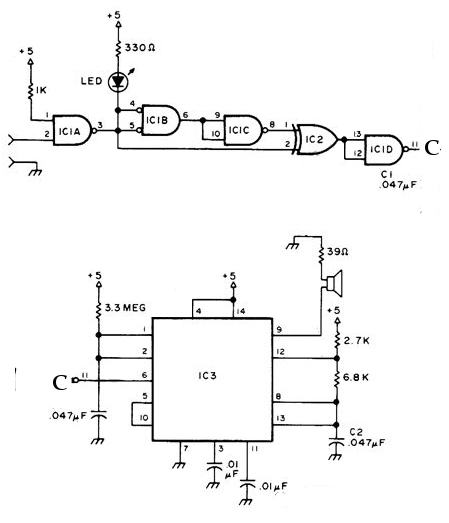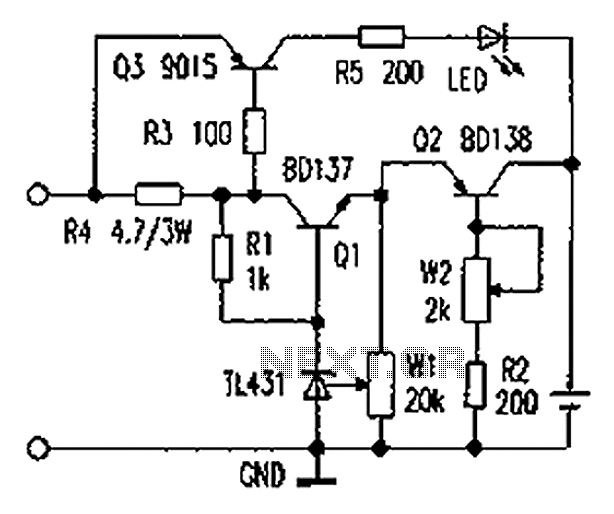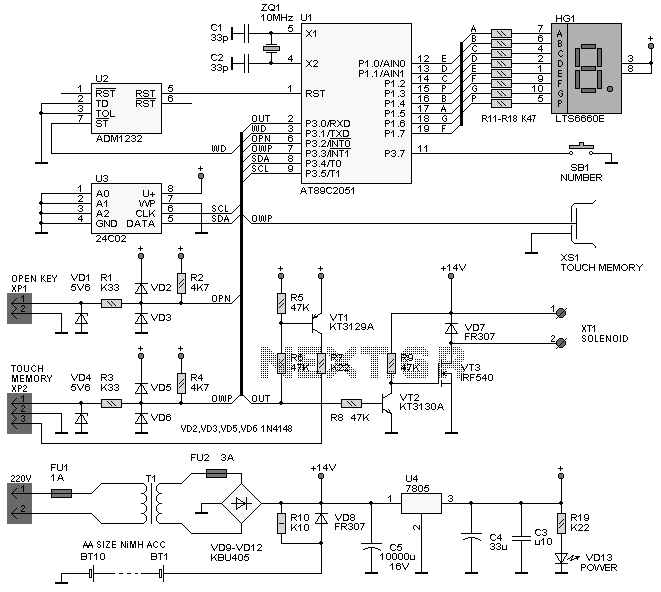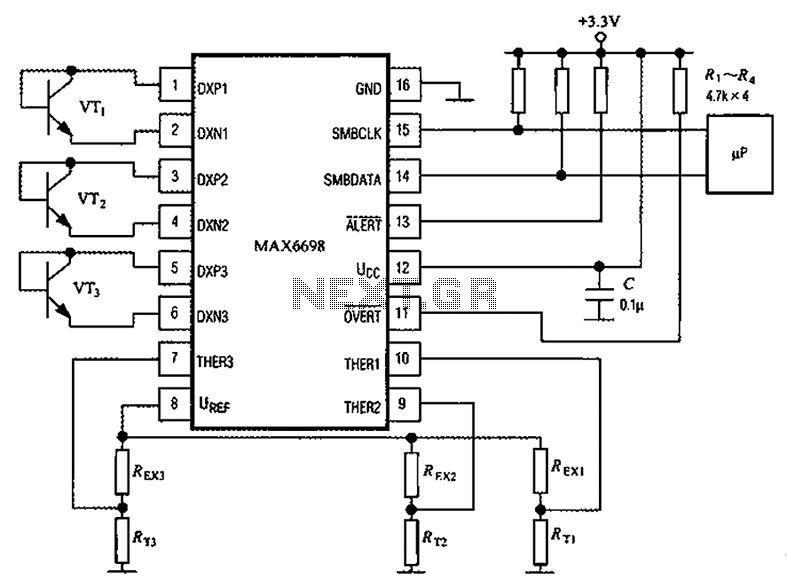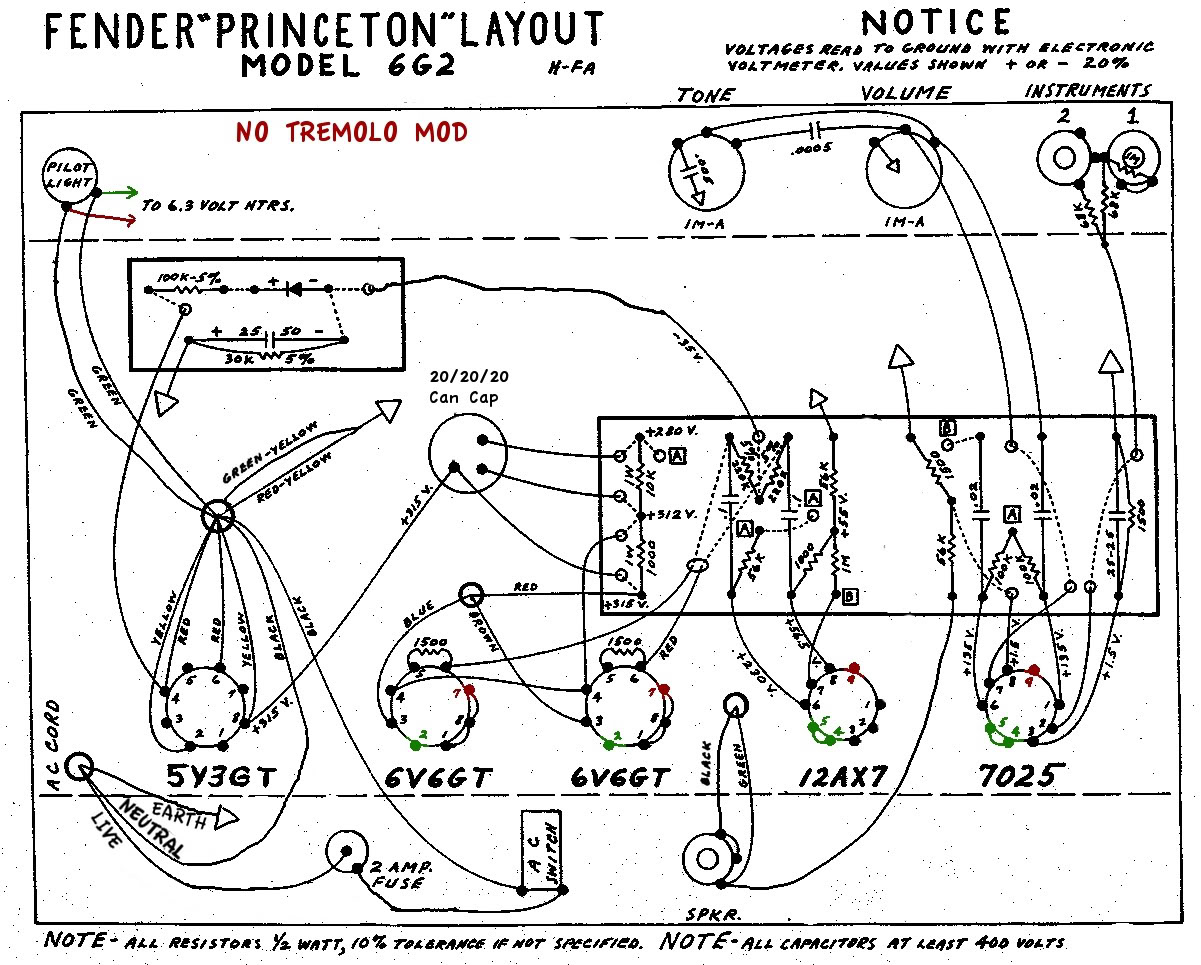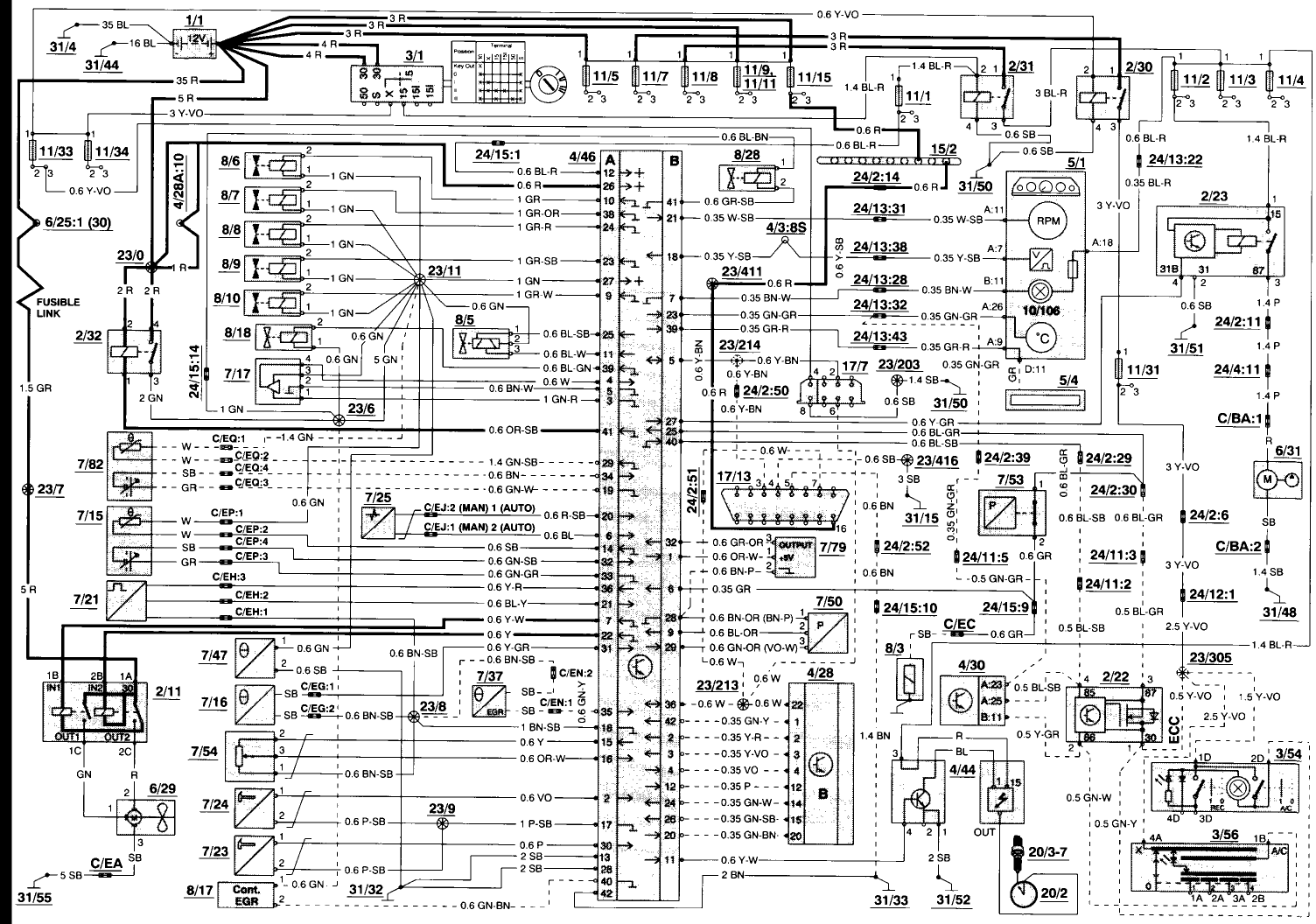
flipflop What happens when theres no specific input variable on a logic diagram using a JK flip flop
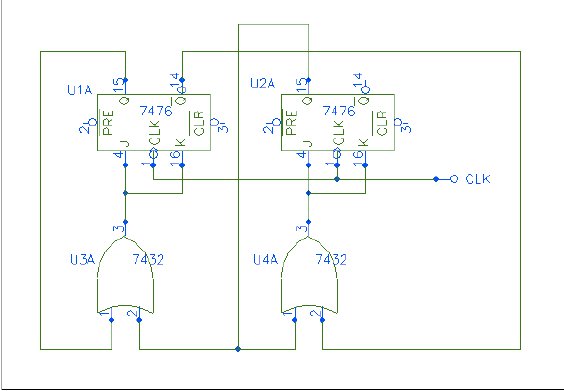
Q1 and Q2 form a table. On the left side, list the four possible states of Q1 and Q2; on the right side, write the values that Q1 and Q2 will assume after the next clock pulse. The table will provide a complete description of the state machine. Additionally, when there is a diagram like this, it is assumed that the output is the Q' on the right-hand JK flip-flop. In other diagrams, the output is usually specifically shown. For creating a state diagram, it may be appropriate to omit the input/output values that are typically included on the paths between the nodes.
A state machine can be effectively represented using a state transition table and a corresponding state diagram. In this case, Q1 and Q2 are the two state variables of the JK flip-flop, which can exist in four possible states: 00, 01, 10, and 11. The state transition table should be structured with the following columns: Current State (Q1, Q2), Next State (Q1', Q2'), and Clock Pulse.
The left side of the table will enumerate the current states of Q1 and Q2. For instance:
- State 1: Q1 = 0, Q2 = 0
- State 2: Q1 = 0, Q2 = 1
- State 3: Q1 = 1, Q2 = 0
- State 4: Q1 = 1, Q2 = 1
The right side will represent the next states that Q1 and Q2 will assume after the next clock pulse. The transitions depend on the behavior of the JK flip-flop, which toggles its output based on the inputs J and K, as well as the current state.
For example, if the current state is 00 and the inputs to the JK flip-flop are set to J=1 and K=0, the next state will be 01. Conversely, if J=0 and K=1, the next state would transition to 10. The complete table will thus detail each transition based on the current state and the inputs.
When constructing the state diagram, the nodes will represent the states (00, 01, 10, 11), and directed edges will indicate the transitions between these states based on the input conditions. It is common practice to label the edges with the input conditions that trigger the state transitions, but in certain scenarios, such as focusing solely on state progression, these labels can be omitted for clarity.
This comprehensive approach to documenting the state machine provides a clear understanding of the operation of the JK flip-flop and its state transitions, facilitating further analysis and design of more complex sequential circuits.Q1 and Q2. to form a table, on the left side, list the the four possible states of Q1, Q2; on the right side, write the values that Q1 and Q2 will assume after the next clock pulse. The table will then contain a complete description of the state machine. JustJeff May 26 `11 at 0:53 thanks. when there`s a diagram like this, would you assume the output is the Q` on the right-hand JK flipflop On the other one`s i`ve seen it usually specifically shows the output. I need to make a state diagram, so would I just omit the intput/output value that`s usually included on the paths between the nodes
🔗 External reference
A state machine can be effectively represented using a state transition table and a corresponding state diagram. In this case, Q1 and Q2 are the two state variables of the JK flip-flop, which can exist in four possible states: 00, 01, 10, and 11. The state transition table should be structured with the following columns: Current State (Q1, Q2), Next State (Q1', Q2'), and Clock Pulse.
The left side of the table will enumerate the current states of Q1 and Q2. For instance:
- State 1: Q1 = 0, Q2 = 0
- State 2: Q1 = 0, Q2 = 1
- State 3: Q1 = 1, Q2 = 0
- State 4: Q1 = 1, Q2 = 1
The right side will represent the next states that Q1 and Q2 will assume after the next clock pulse. The transitions depend on the behavior of the JK flip-flop, which toggles its output based on the inputs J and K, as well as the current state.
For example, if the current state is 00 and the inputs to the JK flip-flop are set to J=1 and K=0, the next state will be 01. Conversely, if J=0 and K=1, the next state would transition to 10. The complete table will thus detail each transition based on the current state and the inputs.
When constructing the state diagram, the nodes will represent the states (00, 01, 10, 11), and directed edges will indicate the transitions between these states based on the input conditions. It is common practice to label the edges with the input conditions that trigger the state transitions, but in certain scenarios, such as focusing solely on state progression, these labels can be omitted for clarity.
This comprehensive approach to documenting the state machine provides a clear understanding of the operation of the JK flip-flop and its state transitions, facilitating further analysis and design of more complex sequential circuits.Q1 and Q2. to form a table, on the left side, list the the four possible states of Q1, Q2; on the right side, write the values that Q1 and Q2 will assume after the next clock pulse. The table will then contain a complete description of the state machine. JustJeff May 26 `11 at 0:53 thanks. when there`s a diagram like this, would you assume the output is the Q` on the right-hand JK flipflop On the other one`s i`ve seen it usually specifically shows the output. I need to make a state diagram, so would I just omit the intput/output value that`s usually included on the paths between the nodes
🔗 External reference
